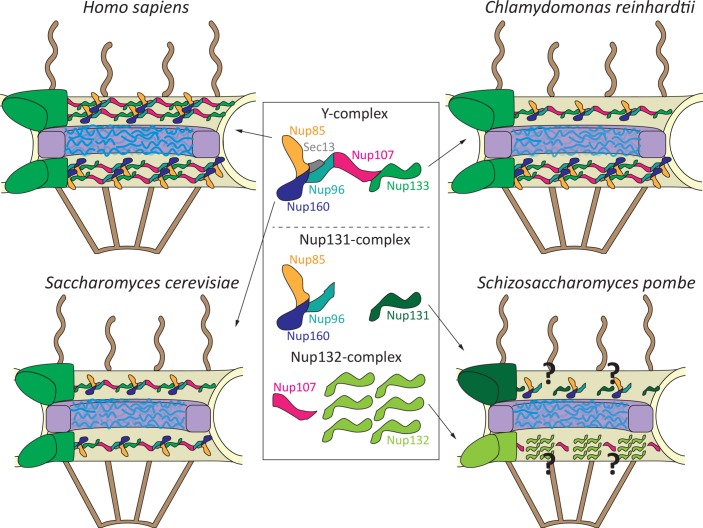Fig 1. Y-complex arrangement in different NPCs.
The basic NPC structure is arranged in three rings, the nucleoplasmic and cytoplasmic (green) rings and an inner ring (purple). The central part is occupied by a protein meshwork (blue) important for the transport and exclusion function of the pore. Cytoplasmic and nucleoplasmic extensions (brown) emanate from the respective ring structures. A prototypical Y-complex is shown with its core components, Nup85, Nup160, Sec13, Nup96, Nup107, and Nup133 (following the human nomenclature and lacking the nonconserved complex members). Schizosaccharomyces pombe Nup131 and Nup132 Y-complex derivatives are shown. For simplicity, the nonconserved components, including Nup37 and Ely5 in S. pombe, are omitted. Sec13, so far regarded as a conserved Y-complex component with a second function as a COP-II coat subunit, is present in S. pombe but does not localize to NPCs [13]. COP-II, coat protein complex II; NPC, nuclear pore complex; Nup, nucleoporin; Sec, secretory.

